Supply Chain Update, Part 2

TLMI TechConnect newsletter article by Ed Dedman, TechConnect sub-committee co-chair, Zeller+Gmelin Corp.
We had a great response to our first Supply Chain article a few months back – to spur your memory, here are the key takeaways from that article:
-
Shortages of several critical feedstocks and subsequent raw materials are causing delays and/or allocations in supply of a wide range of printing industry consumables.
-
Those shortages are driving up costs throughout the product cycle, ultimately resulting in increases for converters.
-
A lack of available shipping containers globally has severely exacerbated the shortages mentioned above, creating an inability to move available materials to meet demand. Read this article from Hillebrand for a lot more detail, and some factors you probably didn’t know were in play – Where are all the containers? The global shortage explained (hillebrand.com)
-
Add to this mix of circumstances a growing – and ongoing – shortage of truck drivers, which just adds fuel to the fire. If you’ve experienced delays in deliveries from firms like UPS, FedEx, an assortment of LTL carriers, and even those Amazon guys, this is likely the reason why. I spoke with a FedEx driver this week who told me that here in the Minneapolis-St. Paul area, they have held three separate “FedEx Career Days,” with ZERO attendees! Here’s a link to an article from The Tribune-Star in Terre Haute, Indiana reported on yahoo!news with more details and some disturbing trends –Truck driver shortage aggravated by pandemic (yahoo.com)
Even back those few months, there was some very cautious optimism that the situation might begin to level out by now, but as I’m sure you’ve noticed, things are still very much in turmoil, with no apparent end in sight. As of this writing, the recent discovery of the COVID-19 Omicron variant appears poised to scramble the situation even further, depending on how the various global governments and industry chooses to respond. New shutdowns and restrictions could easily add to the bottlenecks already in place, which would slow down the already slow recovery process.
With all that doom and gloom clearly stated, I’d like to focus instead not on a collection of information of which you’re already aware, but on some advice and suggestions from several sources with steps you can take to help mitigate the impact of the supply chain issues on your business, both short- and longer-term.
6 Steps to Handle Supply Chain Disruption from MIT Sloan School of Management
6 steps to handle supply chain disruption | MIT Sloan
How to Strategically Approach the Supply Chain Balancing Act of 2021 from Thomasnet
How to Strategically Approach the Supply Chain Balancing Act of 2021 (thomasnet.com)
Supply Chain Issues: Minimize Supply Chain Disruption from ShipWorks
Supply Chain Issues: Minimize Supply Chain Disruption | ShipWorks
And finally, Overcoming the Challenges of Supply Chain Disruptions from DICentral
Overcoming the Challenges of Supply Chain Disruptions (dicentral.com)
As you’ll notice, most of these articles offer many of the same suggestions, but there are a few juicy tidbits to be found as you read through them. Probably the single theme we should take away is that we need to approach the current situation from both a short-term survival aspect, as well as a longer-term strategy.
I wish I had a better answer to these challenges we’re all facing – but I also have the utmost confidence that this amazing TLMI family will continue to push through, utilizing an industry filled with talented, experienced, knowledgeable people. Find strength in this famous quote:
“If you’re going through hell, keep going.”
― Winston Churchill
